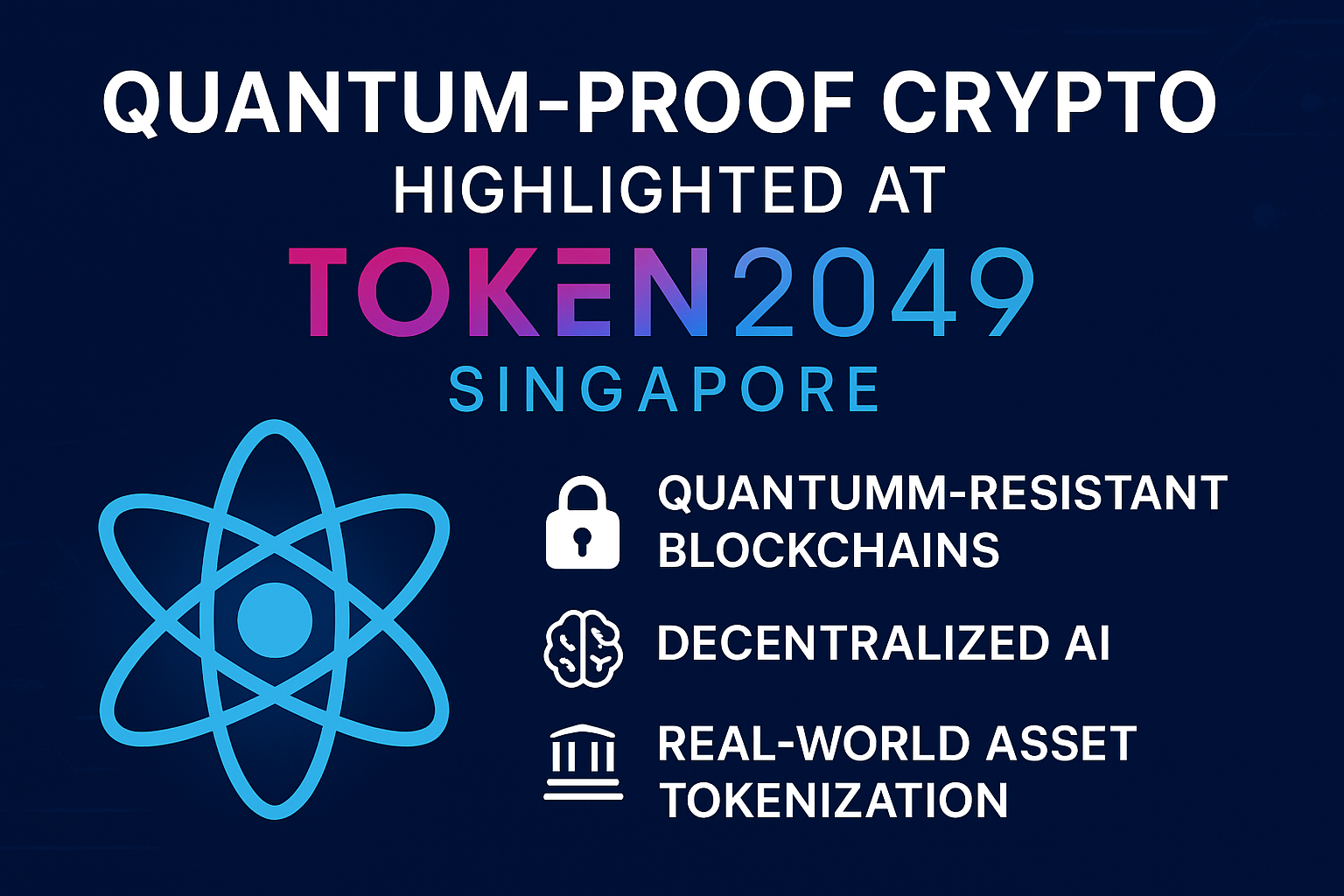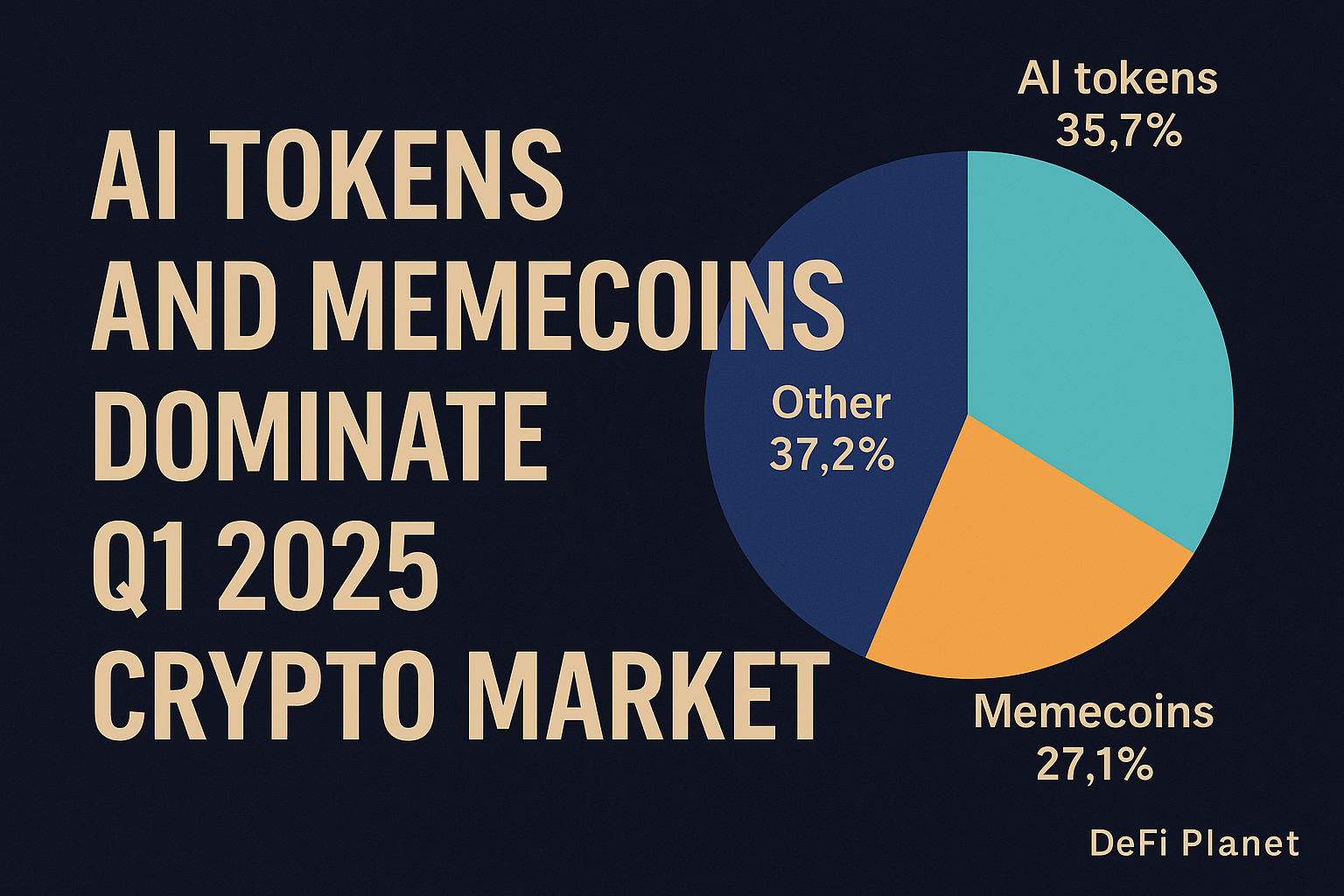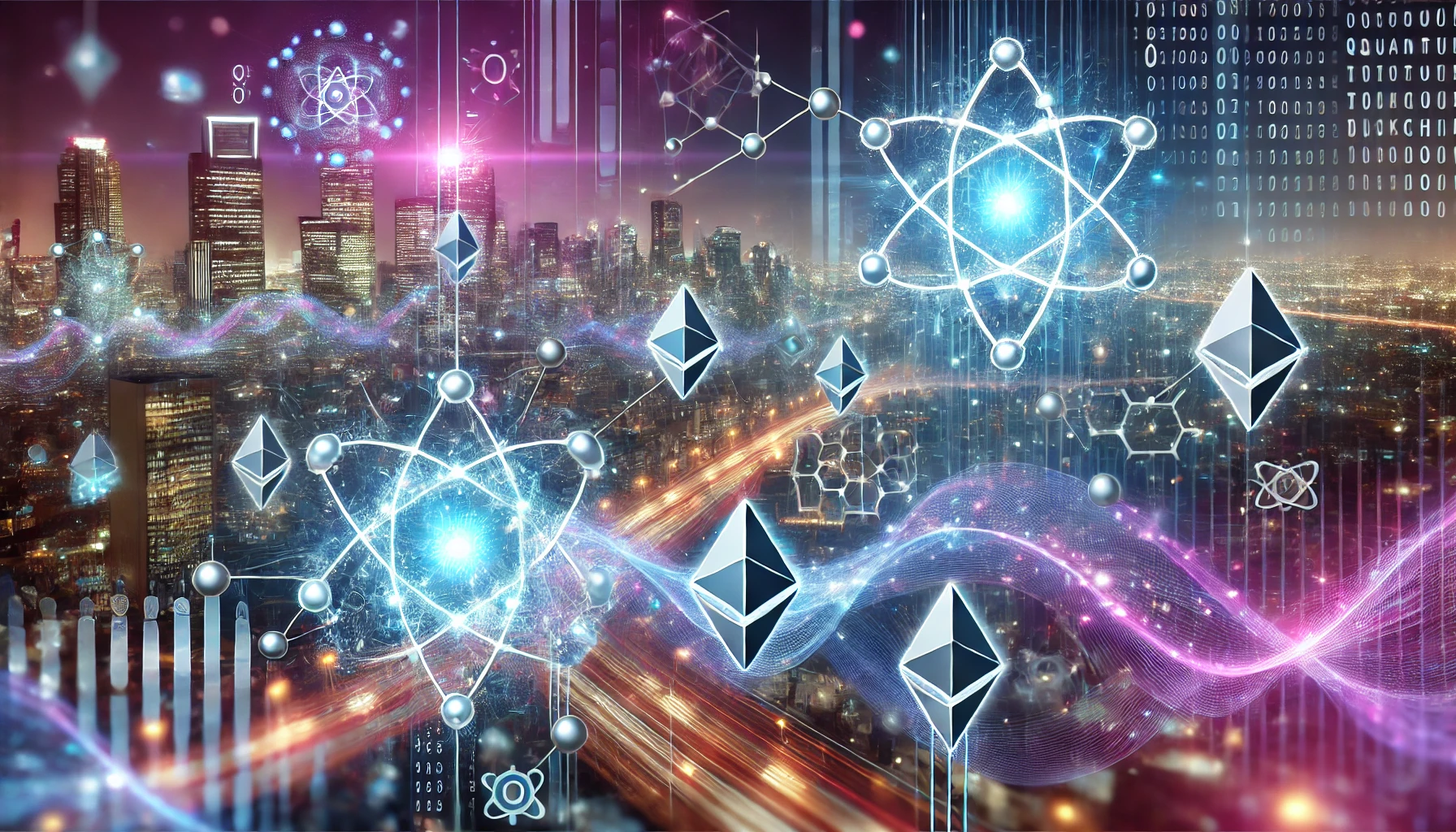The energy at Token2049 Singapore this year felt different—charged, anticipatory, and unmistakably focused on the next era of blockchain evolution. As global leaders, founders, researchers, and protocol architects converged, one theme rose above all: the crypto industry is preparing for a quantum world.
While past Token2049 events centered on DeFi booms, L1 wars, or scaling breakthroughs, 2025’s discussions were dominated by quantum-resistant blockchains, decentralized AI (DeAI), and the accelerating push toward real-world asset (RWA) tokenization. Together, these three vectors are shaping what many attendees called the next decade of crypto infrastructure.
Quantum Resistance: From Theoretical to Urgent
The star of the event—and the topic everyone kept circling back to—was quantum-proof cryptography.
With major tech giants racing toward viable quantum computing, the crypto sector is facing a pivotal moment:
How do we secure digital assets in a world where quantum machines can break traditional cryptography in minutes?
Key speakers emphasized that:
-
Current blockchain signatures (ECDSA, RSA) are vulnerable to quantum attacks.
-
Transitioning chains to post-quantum (PQ) signatures is a massive but necessary undertaking.
-
New protocols are emerging with PQ security built in from day one.
Projects showcased everything from lattice-based cryptography to fully PQ-native L1s designed to remain secure even if quantum breakthroughs arrive sooner than expected.
As one panelist stated, “If crypto is long-term money, it must survive long-term technology.”
Decentralized AI (DeAI): Crypto Meets Intelligence
Another major highlight was the explosive rise of DeAI, a concept that merges:
-
open-source AI model training
-
decentralized compute
-
trustless model verification
-
token incentives for data and GPU contributions
Industry leaders from Binance Labs, LayerZero, and modular AI networks argued that AI will not remain centralized—and that blockchains offer the only viable foundation for transparent, uncensorable intelligence systems.
DeAI pitches included:
-
decentralized GPU marketplaces
-
verifiable AI model outputs
-
AI agents that trigger smart contracts autonomously
-
privacy-preserving inference secured by ZK proofs
The bottom line:
AI and crypto are no longer separate industries—they’re on a collision course to co-evolve.
RWA Tokenization: The Biggest Market in the Room
While quantum-proof crypto and DeAI captured the imagination, perhaps the most commercially mature trend at Token2049 was RWA tokenization.
With the world’s financial markets surpassing $1 quadrillion in real value, even a tiny on-chain shift represents billions in liquidity.
Speakers from Forbes, Binance, and regional asset managers highlighted:
-
tokenized treasury products exploding in demand
-
on-chain yield instruments bridging TradFi and DeFi
-
regulated issuers emerging across Asia and the Middle East
-
infrastructure layers competing to become the “Swift of tokenized assets”
RWA isn’t hype anymore—it’s deployment.
And with new frameworks launching in Singapore, Hong Kong, and the UAE, Asia is becoming the global hub for compliant, scalable tokenization.
The Road Ahead: Convergence of Three Mega-Trends
The closing panels made something clear:
The next evolution of crypto won’t be driven by meme coins or isolated L2 launches.
It will be built at the intersection of:
🔒 Quantum-Resistant Security
🤖 Decentralized AI Networks
🌐 Real-World Asset Tokenization
Combined, these trends form a future where:
-
money is quantum-proof
-
intelligence is decentralized
-
assets are globally liquid
-
and blockchains serve as the trust layer connecting it all
Token2049 Singapore wasn’t just another conference.
It was a preview of crypto’s most transformative decade yet.




